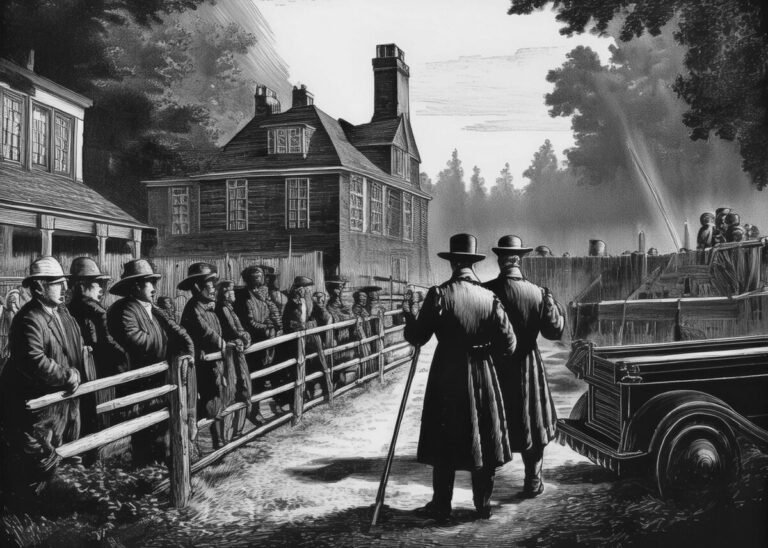
When navigating real estate transactions, terms like “chain in title” may arise, confusing buyers and sellers. Let’s delve into what chain in title means, its significance, and how it impacts property ownership.
In real estate, “chain in title” refers to the history of ownership transfers for a particular property, tracing back to its original owner or grantor. Essentially, it represents the sequence of conveyances, or ownership transfers, from one party to another over time. Each transfer in the chain is documented through deeds, which serve as legal instruments for conveying property rights.
Understanding the chain in title is crucial for establishing a clear and marketable title to a property. A clear title means no unresolved ownership disputes, encumbrances, or defects that could affect ownership rights or transferability. A marketable title is free from any adverse claims or defects that would deter a reasonable buyer from purchasing the property.
When conducting a title search, which is a critical step in the due diligence process of a real estate transaction, title examiners or attorneys review the chain in title to verify the property’s ownership history and identify any potential issues or clouds on the title. Common problems that may arise in the chain in the title include:
- Missing or incomplete deeds: If gaps or inconsistencies exist in the chain of ownership, it could indicate a break in the chain or missing documentation, which may need to be addressed to establish a clear title.
- Liens or encumbrances: Liens, mortgages, easements, or other encumbrances recorded against the property can affect ownership rights and may need to be satisfied or cleared before the property can be transferred to a new owner.
- Boundary disputes: Disputes over property boundaries or rights-of-way can arise if neighboring property owners have conflicting claims or use rights, requiring resolution to ensure a clear title.
Resolving issues in the chain in title is not a matter to be taken lightly. It may involve various legal procedures, such as quiet title actions, title curative measures, or negotiating with lienholders or other interested parties. It’s of utmost importance for buyers and sellers to address any title issues promptly. This proactive approach is key to facilitating a smooth and legally sound real estate transaction, underscoring the urgency of the matter.
Title insurance, a crucial safeguard, plays a vital role in protecting buyers and lenders against potential title defects or claims that may arise after the property purchase. Title insurance policies typically provide comprehensive coverage for losses or damages resulting from defects in the chain of title, such as undisclosed liens, forged deeds, or errors in public records. This assurance of protection should give buyers and lenders peace of mind in their real estate transactions.
In summary, the chain in title is a complex and intricate component of real estate transactions, representing the detailed history of ownership transfers for a property. Understanding and addressing issues in the chain in title is not just important, but essential for establishing clear and marketable title, protecting property rights, and facilitating successful real estate transactions. This underscores the necessity for buyers and sellers to work closely with experienced real estate professionals and title experts to navigate the complexities of the chain in the title and ensure a smooth and legally sound closing process.





































Leave a Reply